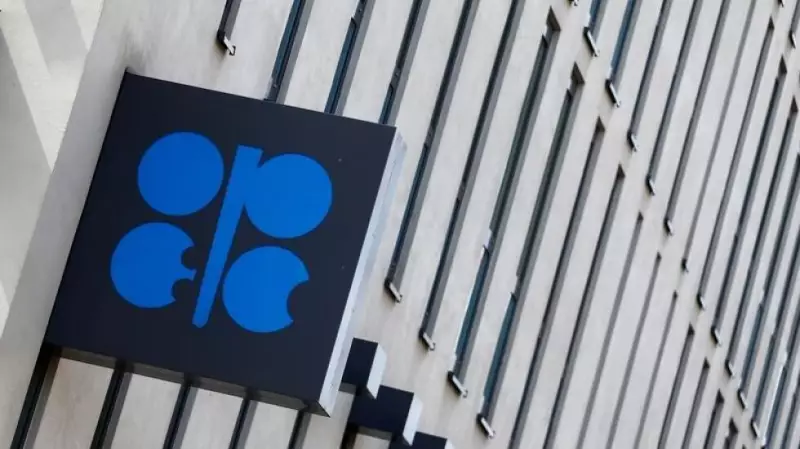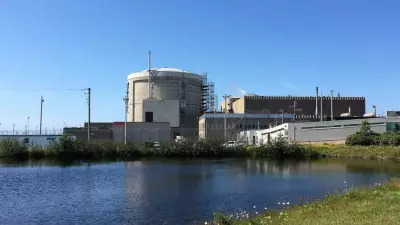
In a move that signals growing anxiety about global oil markets, OPEC and its allies have decided to maintain their current production levels rather than proceed with planned increases. The decision comes as the coalition grapples with mounting concerns about oversupply and weakening demand.
Market Jitters Force Strategic Pivot
The Organization of the Petroleum Exporting Countries and its partners, collectively known as OPEC+, concluded their latest meeting with a surprising consensus: pause all planned output hikes beyond December. This represents a significant shift from their previously announced roadmap that would have gradually increased production.
Energy analysts point to several factors driving this cautious approach:
- Growing fears of an oil glut as global economic growth slows
- Persistent uncertainty around Chinese demand recovery
- Ongoing recession concerns in major Western economies
- Ample inventory levels despite previous production cuts
What This Means for Canadian Energy
For Canada's energy sector, OPEC's decision creates both challenges and opportunities. While maintained production levels could provide some price stability, they also reflect broader concerns about global demand that affect Canadian oil exports.
"The decision to freeze output tells us that even the world's largest oil producers are worried about market fundamentals," noted one Canadian energy analyst. "This isn't just about managing supply—it's about preparing for potentially weaker demand in 2024."
Consumer Impact at the Pumps
Canadian drivers may see some relief at gas pumps if the production freeze helps stabilize prices, but the situation remains complex. Local refinery issues, transportation costs, and carbon taxes continue to play significant roles in determining final pump prices across provinces.
The OPEC+ coalition, which includes Russia and several other non-OPEC producers, has demonstrated remarkable discipline in recent months. Their willingness to adjust strategy in response to market conditions shows the group's continued influence over global oil prices, even as renewable energy adoption accelerates.
Looking Ahead: Uncertainty Dominates Energy Outlook
Market watchers will be closely monitoring several key indicators in the coming months:
- Winter demand patterns in the Northern Hemisphere
- Economic data from China and Europe
- Geopolitical developments affecting production
- Federal Reserve interest rate decisions
While the production pause provides short-term market stability, the longer-term outlook remains clouded by economic uncertainty and the ongoing energy transition. For now, OPEC+ has chosen caution over ambition, reflecting the fragile state of global energy markets as we approach the new year.





